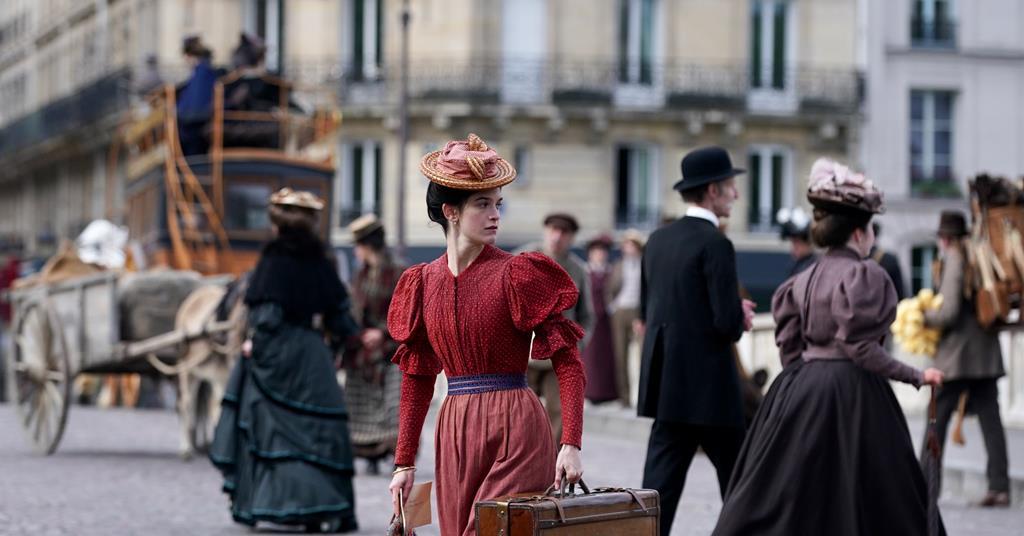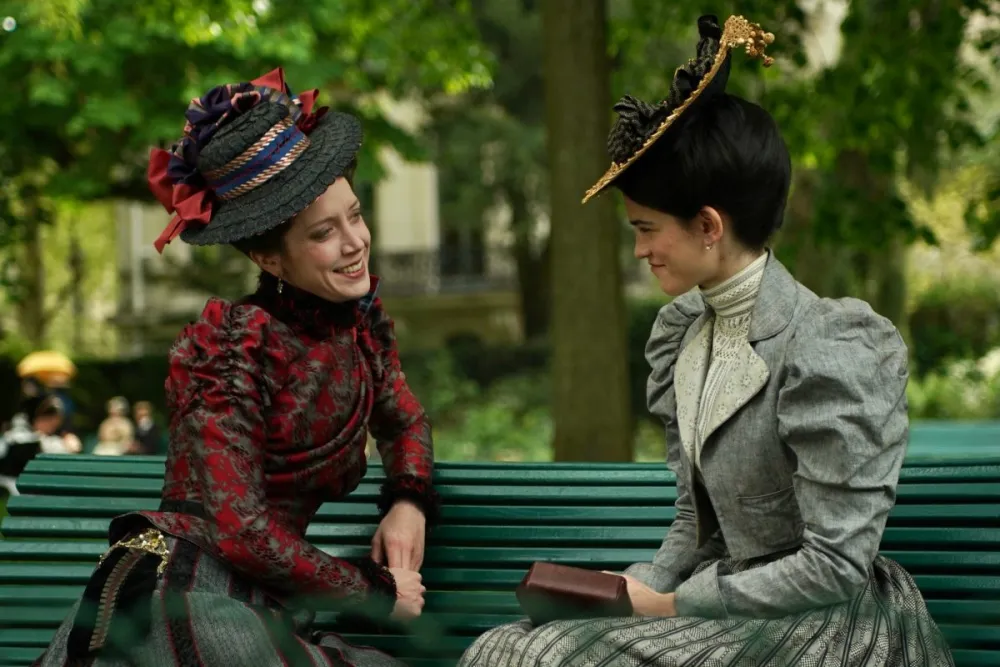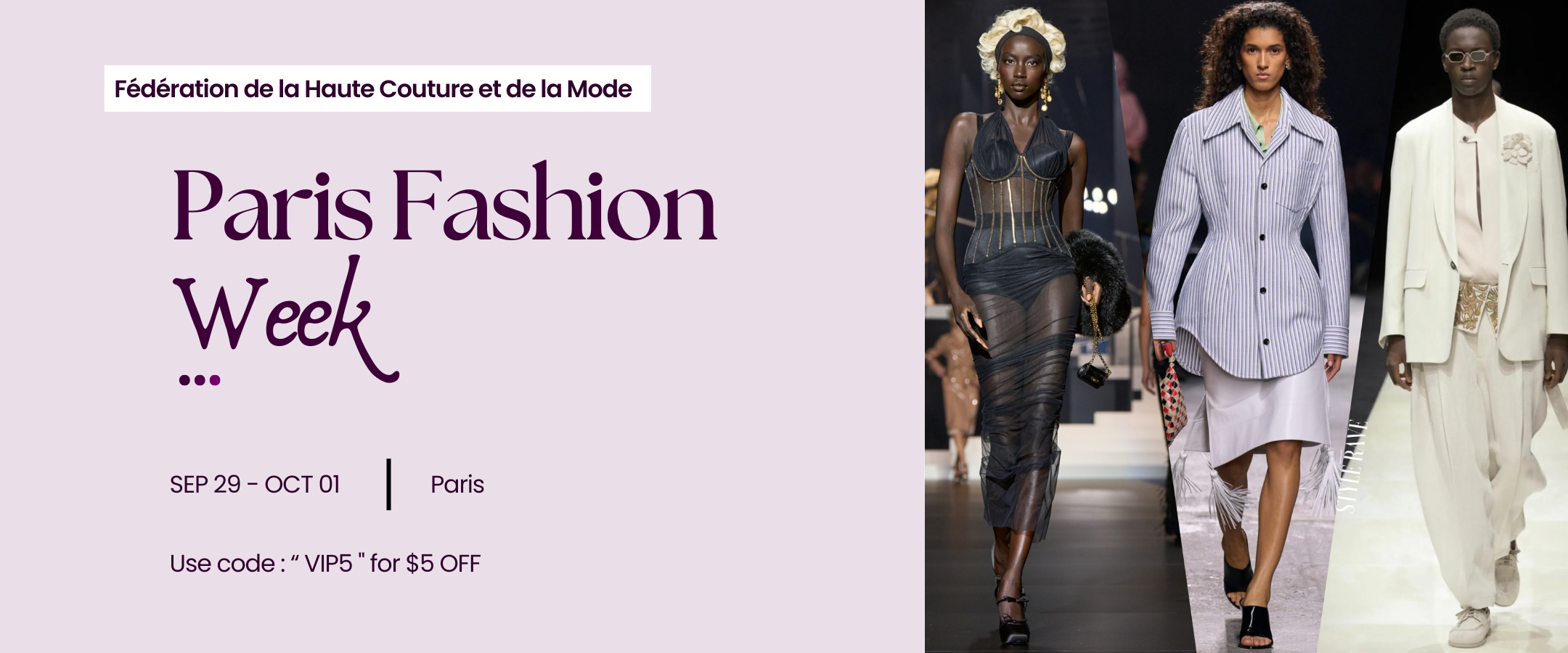In Colours of Time (originally La venue de l’avenir), director Cédric Klapisch delivers a dual-timeline film that’s as charming and nostalgic as a Monet brushstroke. The film toggles between Belle Époque Paris and modern-day France, cleverly intertwining the tales of an adventurous young woman in 1895 and her curious descendants over a century later.
At the heart of the story is Adèle Meunier, played with captivating awkwardness and grace by Suzanne Lindon. After the death of her grandmother, Adèle leaves her rural village to seek her mother in Paris — only to find her working in a high-end brothel. Adèle’s journey into the city is also a journey into identity, artistry, and independence, set against a backdrop blooming with French Impressionism. It’s a Paris dreamscape, brimming with creative energy and cameo-like appearances by legends such as Sarah Bernhardt, Renoir, and Monet — albeit softened by the dreamy haze of hallucination.
Meanwhile, in the present day, four strangers — all distant descendants of Adèle — gather to decide the fate of an old Normandy farmhouse none of them knew existed. Seb, a sensitive photographer, Céline, a pragmatic executive, Guy, a laid-back beekeeper, and Abdel, a retiring French teacher, sift through Adèle’s belongings. They uncover paintings, letters, and clues that gradually bridge their lives to hers. The transitions between eras are occasionally clunky but emotionally resonant — especially when a letter is simultaneously penned, read, and rediscovered across time.

The film’s strength lies in its atmosphere. Alexis Kavyrchine’s cinematography warmly embraces the sepia tones and gas-lit glow of 1890s Paris while presenting the modern segments with a cooler, more restrained aesthetic. The past, it seems, is not only more romantic but far more vivid. The same goes for Pierre-Yves Gayraud’s lush costuming — ornate dresses and tailored suits outshine the modern cast’s hoodies and handbags by a country mile.
Though the contemporary storyline lacks the visual and emotional richness of Adèle’s world, it offers gentle insight into themes of legacy, personal fulfillment, and familial connection. Seb’s struggle between commercial success and artistic integrity mirrors Adèle’s own youthful search for self. Meanwhile, Abdel’s subtle romance and hesitance to retire lend quiet gravity to a subplot that, in lesser hands, might’ve felt inconsequential.
Colours of Time doesn’t aim for high-stakes drama or shocking revelations (though one late-game ancestral twist tries). Rather, it’s a pleasant meander through history, memory, and art. It champions lives that don’t make it into textbooks but are nevertheless full of adventure and emotional resonance.
Klapisch’s film gently reminds us that history isn’t just made by the famous — sometimes it’s the unnamed artists, quiet letters, and dusty photo albums that carry the richest stories. Ultimately, Colours of Time succeeds not by dazzling with innovation, but by crafting a feel-good tapestry that honours both the art of the past and the lineage of those who live in its shadow.


